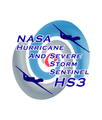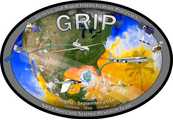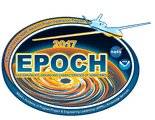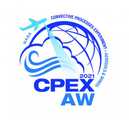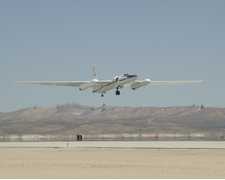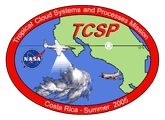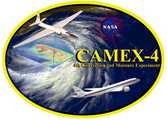Instrument
HAMSR
High Altitude Monolithic Microwave integrated Circuit (MMIC) Sounding Radiometer
The High Altitude Monolithic Microwave integrated Circuit (MMIC) Sounding Radiometer (HAMSR) is an airborne microwave sounder developed by the Jet Propulsion Laboratory through the NASA Instrument Incubator Program. HAMSR measures brightness temperature, which can be used to derive three-dimensional profiles of temperature, water vapor, and cloud liquid water in the atmosphere. It operates across 25 spectral channels in three microwave bands (50-60 GHz, 118 GHz, 183 GHz) and has a sampling frequency of 5 seconds. HAMSR has a horizontal spatial resolution of 2 km at nadir and a field of view of approximately 40 km at an altitude of 20 km.
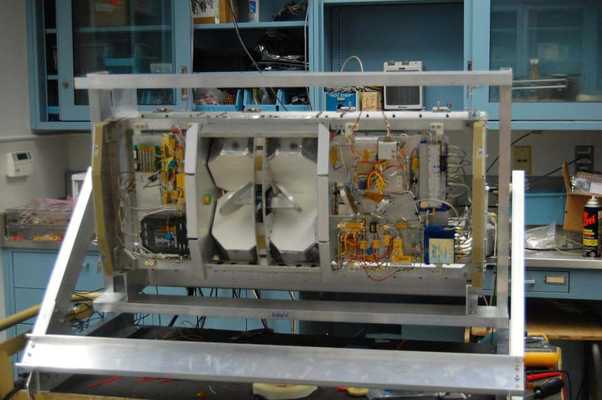

Instrument Details
- Spectrometer/Radiometer
- Earth Science > Atmosphere > Atmospheric TemperatureEarth Science > Atmosphere > Clouds > Cloud Microphysics > Cloud Liquid Water/iceEarth Science > Atmosphere > Atmospheric Water Vapor > Water Vapor Indicators > Humidity > Absolute HumidityEarth Science > Atmosphere > Atmospheric Water VaporEarth Science > Atmosphere > Atmospheric Water Vapor > Water Vapor Indicators > Water VaporEarth Science > Atmosphere > Atmospheric Water Vapor > Water Vapor Indicators > Humidity > Relative HumidityEarth Science > Spectral/engineering > Microwave > Brightness TemperatureEarth Science > Atmosphere > Atmospheric Temperature > Upper Air TemperatureEarth Science > Atmosphere > Atmospheric Water Vapor > Water Vapor Indicators > Total Precipitable Water
- Column Integrated
- 5 s
- 2 km
- 50-60 GHz, 118 GHz, 183 GHz
- https://doi.org/10.1109/TGRS.2011.2125973
Bjorn Lambrigtsen
Shannon Brown
JPL
NASA Instrument Incubator Program
Filter data products from this instrument by specific campaigns, platforms, or formats.

